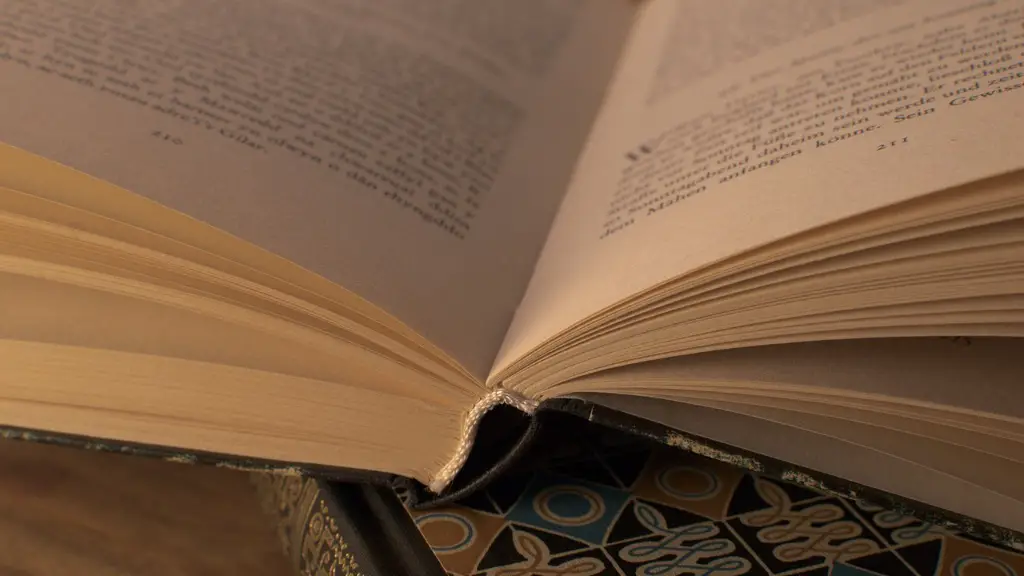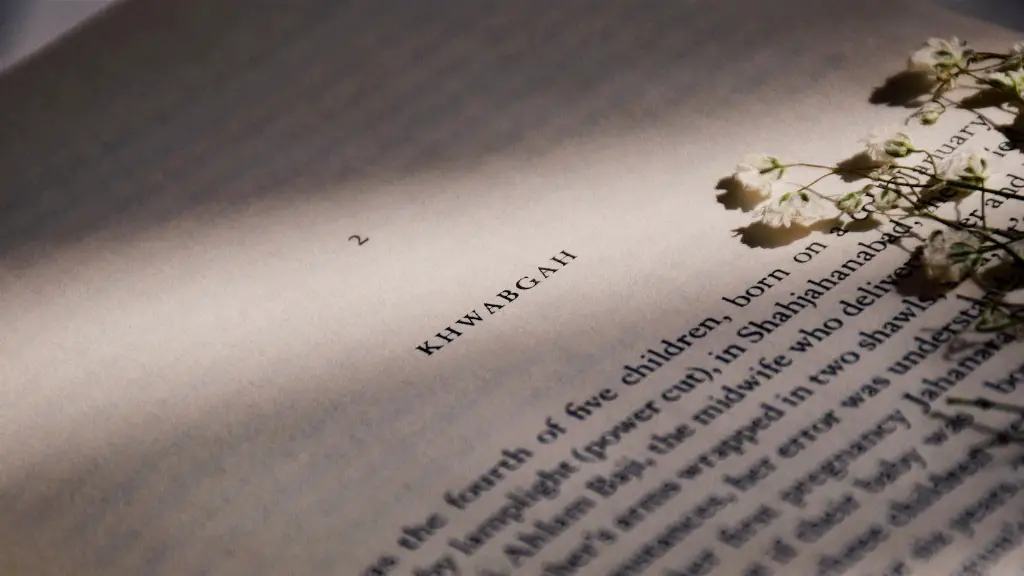Impact of Langston Hughes on the Harlem Renaissance
The Harlem Renaissance was a significant cultural movement in African-American history which began in the mid-1920s and continued on into the 1930s. During this period, African-Americans were transitioning from agrarian to urban lifestyles, centering many of their activities in Harlem, a then-predominantly-black neighborhood in Manhattan, New York. While the art, literature, music and social culture of the era was renowned, one major figure of the era stands out in particular – Langston Hughes. Hughes has long been recognized as the premier poet of the Harlem Renaissance and his works have profoundly impacted African-American literature.
Langston Hughes was born February 1, 1902, in Joplin, Missouri and he experienced a challenging upbringing as his father left shortly after his birth and his mother was often away for long periods of time. Hughes entered Columbia University in 1921, where he was exposed to some of the leading artistic voices of the era. Looking for a new form of expression for their culture, the writers of the Harlem Renaissance chose Hughes to be their leader and spokesperson.
Hughes was known for his unflinching willingness to portray the hard truths of life in the African-American community. His work often shifted between optimism and despair, between the joy of a shared African-American experience and the sorrow of everyday racism. From jazz poetry to his famous “Dream Variation” Hughes spoke constantly of the African-American chase for freedom and social justice, capturing the unique struggles of African-Americans during the era.
The peak of Hughes’s work and fame occurred in the mid to late 1920s and early 1930s. During this period, he was the most popular and most published African-American poet and his books were widely circulated. His unique ability to capture the experiences of African-Americans during the age made him an icon for confidence and affirmation for African-American writers as well as readers.
His style was widely imitated by many other prominent figures of the Harlem Renaissance, including Countee Cullen and Claude McKay. Hughes opened doors for other African-American writers of the time, including Zora Neale Hurston and McKay. Hurston, in particular, acknowledged his influence, stating “Langston set a nearer goal for the rest of us”. Hughes also developed and established a number of important organizations for African-American writers and activists, including the National Association for the Advancement of Colored People and the National Urban League.
His influence also extended to music as his work was used in numerous jazz and blues songs. His works were celebrated in impromptu theater and performances he wrote, that were often performed in small African-American clubs and venues. As a critically acclaimed and widely-read African-American poet, Hughes provided a much-needed force of strength and realism to the time.
Legacy of Langston Hughes
Langston Hughes’s legacy goes far beyond his own great works; he was an inspirational figure for many poets, artists and activists. His influence includes the so-called “Harlem Renaissance,” the artistic and soulful movement of the 1920s and 1930s. Hughes was a dominant, driving force in the period, his work having a profound effect on black Americans during the age.
Today, his works remain central highlights and studies in many African-American literature classes. His famous poems like “Dream Variation” are read and quoted to this day. He was a crucial figure to the collective African-American experience and his works serve as a reflection and embodiment of the struggles endured during and after the Harlem Renaissance.
The United States Postal Service released a 34 cent postage stamp in 2001, depicting a smiling Hughes, as well as a 39 cent stamp of Hughes in 2002. These are only a few examples of the prestigious honors Hughes has been accorded to commemorate his distinguished literary accomplishments.
In 2005, Hughes was inducted in the Hall of Fame for great American poets. The National Endowment for the Arts sponsors a national festival of Langston Hughes’ poetry every year as part of its Poetry Out Loud recitation program which seeks to raise awareness of classic and contemporary poets among young people.
Ensemble Work of the Harlem Renaissance
As mentioned earlier, Langston Hughes was a significant figure of the Harlem Renaissance and he was often recognized as its spokesman. However, the revival of African-American culture occurring during the 1920s and 1930s was a collective effort of many figures and communities. The era featured a unique combination of African-American intellectuals, artists, and activists, coming together to share art, ideas, and build community.
In addition to Hughes, the members of the Harlem Renaissance included people like Claude McKay, Charles Johnson, and Paul Robeson. Together, this group promoted a sense of black pride and developed a powerful outlet for African-Americans to discuss their lives, experiences, and opinions on a larger, more public level. Although the movement was centered on Harlem, New York, its reach was far and wide, and it inspired a Pan-African ethos among intellectuals and artists across the globe.
The Harlem Renaissance is remembered by many as a time of hope, empowerment and creativity for African-Americans. The experience of the Harlem Renaissance also served as a bridge between the past and the future, connecting centuries-old African culture and traditions with the modern black experience.
The Harlem Renaissance also serves as a reminder of the power of community and collective organization. It is an example of how individuals, coming together, can create a positive impact in their world and make a real difference.
Modern Day Relevance
The modern significance of Langston Hughes lies in only how his work continues to resonate and speak to new generations. His work continues to serve as a reminder of the need to fight racism and other forms of social injustice. The impact of Langston Hughes has been immortalized in his many awards and recognition, including recognition from the National Endowment for the Arts.
Furthermore, Hughes is recognized today for his prophetic statements on the civil rights movement, his lyrical and rhythmic works, and his passionate support of African-American literature and culture. And, appreciative of his illustrious works, many universities have created fellowships and scholarships in his name.
To many, Hughes occupies an integral, influential place in American and African-American literature. His works are still held in great esteem, his influence is still felt, and the beauty of his words are still the source of inspiration for future generations. As a unique figure in history, Langston Hughes continues to be remembered and admired.
Impact of Langston Hughes on the Harlem Renaissance
Langston Hughes was an important figure in the history of African-American literature, primarily due to his role in leading the Harlem Renaissance. Hughes was a key figure in providing a unique, lyrical perspective on the African-American experience, one that is still remembered and read today. His unflinching and passionate works allowed African-Americans to speak out about the brutality and injustice of the period. His works still resonate with modern readers and are a testament to enlightening and inspiring a people through the power of literature.
His works continue to be an essential part of African-American literature and his contributions to the Harlem Renaissance remain integral and indispensable. Hughes was the foremost and most influential figure of his age, writing the lyrical and flawed beauty of the African-American experience and dreams. His influence and reputation remain intact to this day.
Conclusion and Influence
Langston Hughes was a pivotal figure in the Harlem Renaissance. His works echoed throughout the period and provided a dynamic, lyrical perspective on the African-American experience. His works remain essential components of African-American literature and Hughes himself still occupies a premier role in the realm of African-American literature. Hughes provided hope and inspiration for those who followed in his footsteps and his work continues to provide solace and solace to those who come after him.





